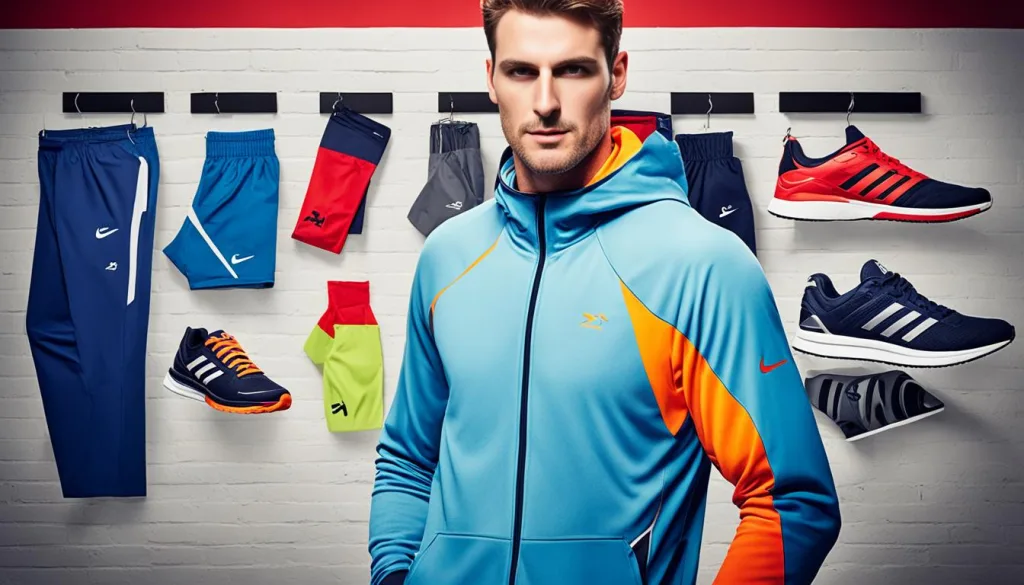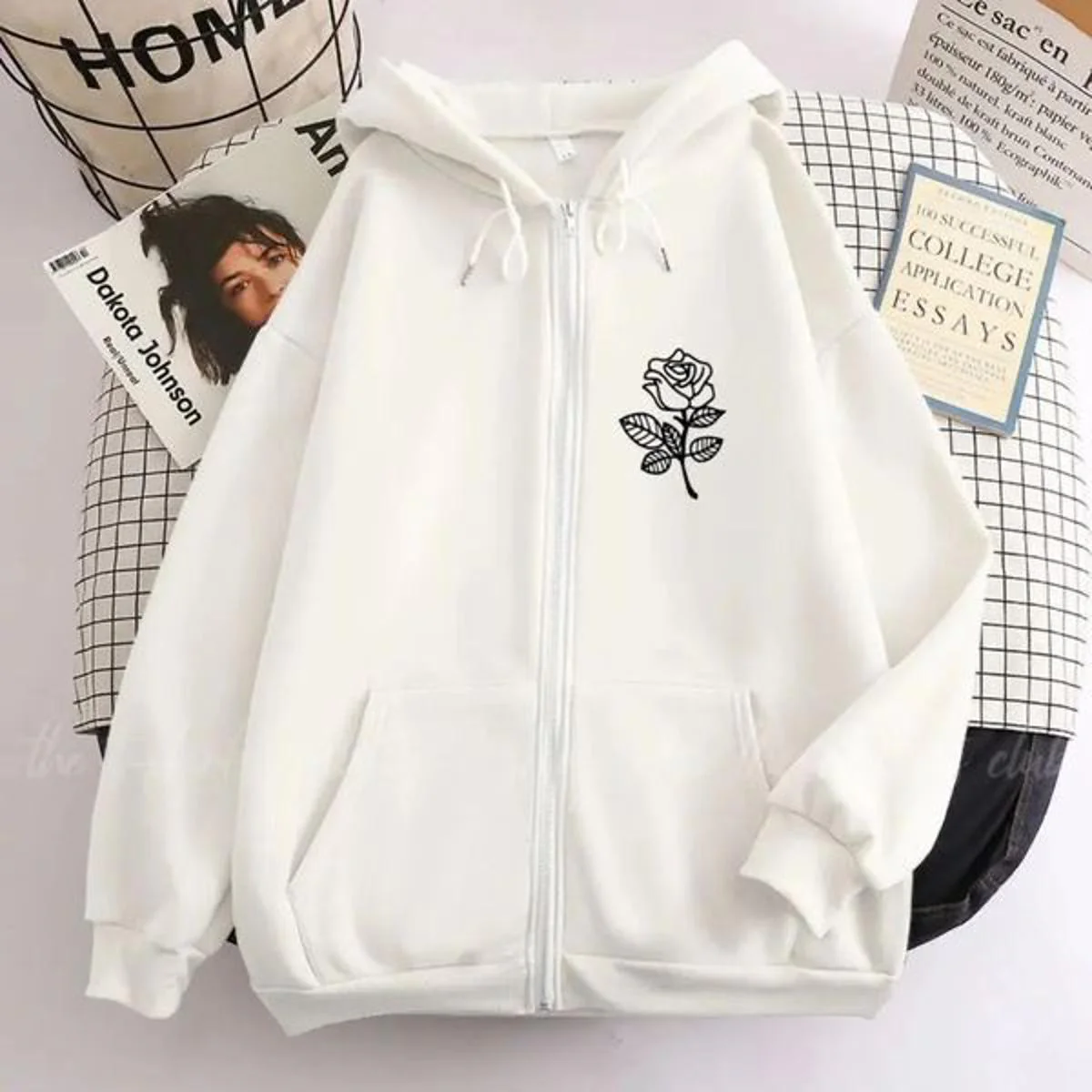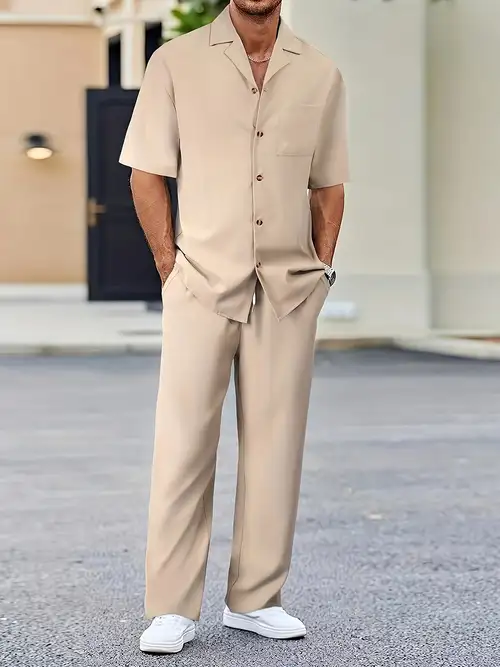Understanding the intersection of culture and fashion is essential to appreciating the evolution of modern sportswear. Today, sportswear is no longer just functional attire for physical activity; it has become a significant expression of personal style, societal trends, and cultural identity. The ways in which cultural dynamics shape the design, marketing, and adoption of sportswear demonstrate the powerful role of culture in fashion. This article explores the role of cultural influences in modern sportswear fashion, highlighting the key factors that drive trends and consumer preferences while examining the broader implications of these influences culture influence sportswear.
Defining Cultural Influence in Sportswear
Culture influence sportswear encompasses the ways in which traditions, societal values, subcultures, and global movements impact the design and perception of sports clothing. Fashion, by its nature, is a reflection of social norms and artistic expression, and sportswear is no exception. From the incorporation of cultural motifs in designs to the adoption of specific garments popularized by particular communities, cultural context shapes how sportswear is created, marketed, and worn. This influence is visible in everything from color palettes and patterns to fabric choices and garment cuts. Understanding this connection allows designers and brands to create clothing that resonates with diverse audiences while staying relevant to contemporary tastes.
Historical Context of Cultural Influences in Sportswear
Modern sportswear has deep roots in cultural and social movements. In the early 20th century, athletic attire was heavily influenced by Western ideals of professionalism and functionality, with tracksuits, sneakers, and gym uniforms reflecting societal emphasis on discipline and physical fitness. Over time, global interactions and the rise of mass media introduced new cultural elements into sportswear. Hip-hop culture, skateboarding communities, and streetwear movements have all contributed to redefining sportswear aesthetics. These subcultures have challenged traditional sportswear norms, blending athletic functionality with urban style, resulting in a broader appeal that extends beyond sports enthusiasts to mainstream fashion consumers.
Globalization and Cross-Cultural Trends
The globalization of fashion has accelerated the blending of cultural influences in sportswear. Brands are increasingly drawing inspiration from diverse cultural symbols and practices, integrating traditional patterns, ethnic motifs, and regional color schemes into contemporary designs. Japanese streetwear, African textile patterns, and Latin American color palettes are now common elements in international sportswear collections. The ability to merge local cultural elements with global design sensibilities allows brands to create unique products that appeal to both regional and international markets. Social media platforms have amplified this effect, enabling rapid dissemination of culturally inspired fashion trends across borders, further reinforcing the influence of culture in shaping modern sportswear.
Celebrity Endorsements and Cultural Resonance
Celebrities and athletes play a pivotal role in the cultural shaping of sportswear. Iconic figures often become cultural symbols themselves, and their choices in sportswear influence global trends. When an athlete or entertainer adopts a specific style, pattern, or brand, it can spark widespread adoption, reflecting the power of culture in consumer behavior. For instance, collaborations between athletes and brands often highlight cultural pride, with jerseys, footwear, and accessories showcasing national symbols or paying homage to cultural heritage. This intersection of celebrity influence and cultural identity underscores the role of culture influence sportswear in not only promoting fashion trends but also fostering a sense of collective belonging and identity among consumers.
Streetwear and Urban Culture
Urban culture has become a dominant force in modern sportswear fashion. The rise of streetwear demonstrates how culture influence sportswear can redefine the relationship between athletic clothing and everyday style. Sneakers, hoodies, and graphic tees, initially designed for athletic or casual purposes, are now considered fashion statements. Urban communities use sportswear to express individuality, creativity, and cultural pride. Limited edition releases, brand collaborations, and localized designs further cement the connection between street culture and sportswear, illustrating how cultural narratives shape both the aesthetics and marketing strategies of modern athletic fashion.
Technological Innovation and Cultural Adaptation
While cultural influences are crucial, technological advancements in fabric and design have enabled sportswear to adapt to cultural trends more effectively. Modern fabrics that offer breathability, flexibility, and durability allow designers to experiment with cultural motifs without compromising performance. For example, traditional prints and patterns can now be integrated into high-performance athletic wear, blending cultural expression with functional excellence. This synergy between technology and culture ensures that sportswear remains versatile and relevant, appealing to consumers who seek both style and practicality in their clothing choices.
Cultural Appropriation vs. Appreciation
The influence of culture in sportswear also raises important ethical considerations. Brands must navigate the fine line between cultural appreciation and cultural appropriation. Drawing inspiration from diverse cultures can enrich sportswear fashion, but misuse or misrepresentation of cultural symbols can lead to backlash. Successful integration of cultural elements requires collaboration with cultural insiders, acknowledgment of origins, and sensitivity to the meanings behind traditional motifs. This ethical awareness has become increasingly important in the globalized fashion landscape, shaping consumer expectations and brand reputations.
Future Trends in Cultural Sportswear Fashion
Looking ahead, the role of cultural influences in sportswear is expected to deepen. Sustainability, inclusivity, and representation are emerging as key considerations, with brands increasingly drawing on local cultures to promote ethical and meaningful fashion. Customizable and culturally inspired sportswear collections are likely to become more prominent, allowing consumers to celebrate their heritage while engaging with global fashion trends. Virtual fashion, digital wearables, and augmented reality experiences will also offer new avenues for expressing cultural identity through sportswear, further highlighting the ongoing evolution of culture influence sportswear in contemporary society.
Conclusion
The modern sportswear landscape is a dynamic fusion of functionality, style, and cultural expression. From historical roots to global trends, celebrity endorsements to urban culture, the impact of culture influence sportswear is evident in every aspect of design and consumption. By embracing cultural diversity and thoughtfully integrating these influences, brands can create sportswear that resonates with global audiences while honoring the traditions and identities that inspire them. As cultural interactions continue to shape fashion, sportswear will remain a vibrant platform for storytelling, creativity, and self-expression, reflecting the ever-changing cultural landscape of our world.


